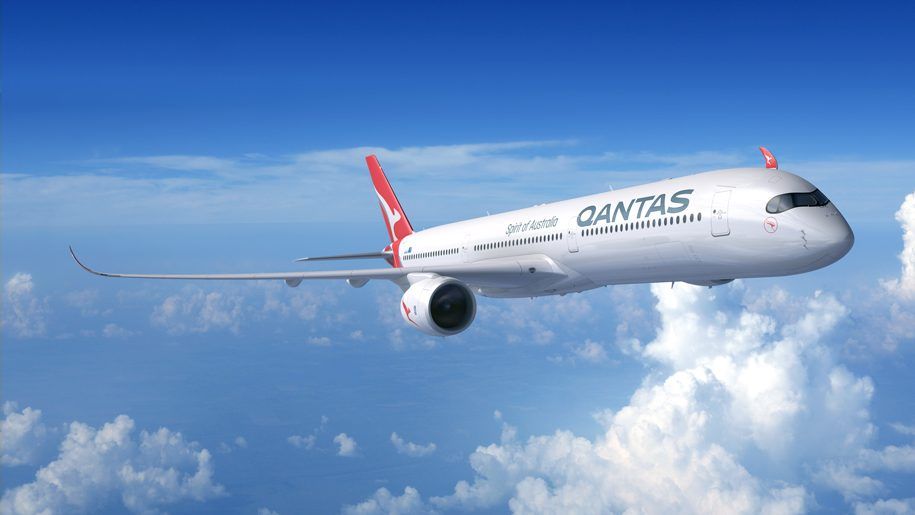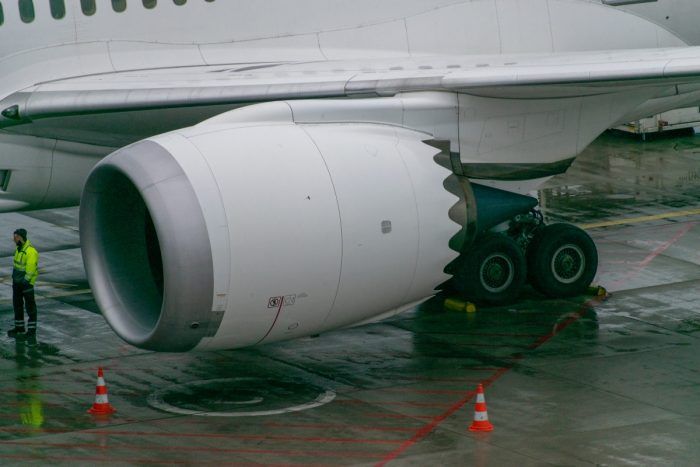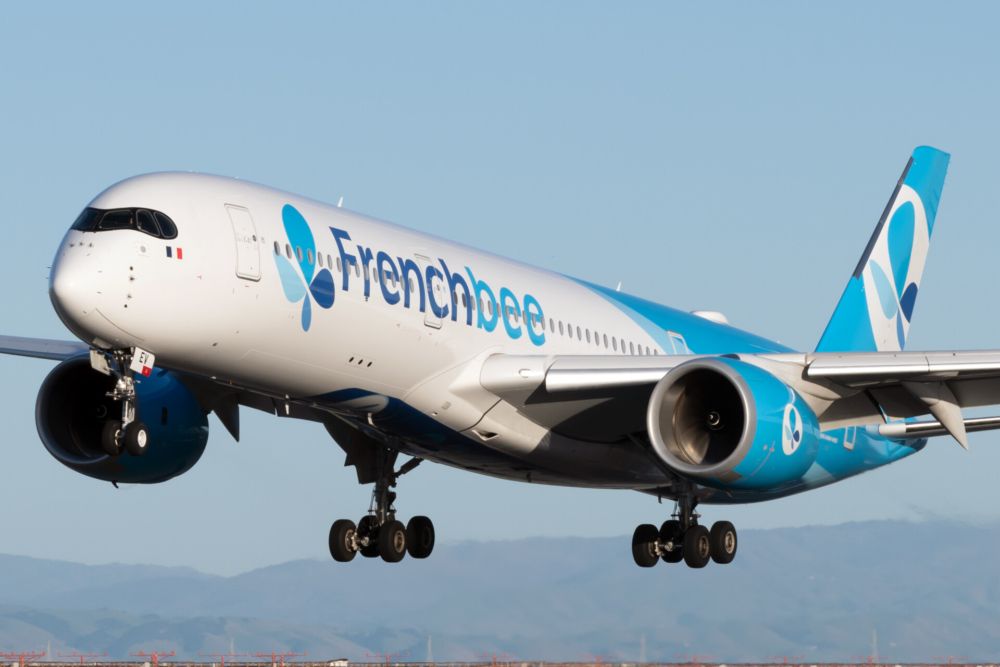Rolls-Royce Civil Aerospace desperately needed some good news in 2022, and it got just that two weeks ago. On May 2, Qantas announced it had ordered the Airbus A350 for Project Sunrise, and Rolls-Royce picked up the order for 12 engines.
Rolls-Royce is the sole engine supplier for the Airbus A350 with two variants of the Trent XWB, differentiated by the amount of engine thrust they produce. The Airbus A350-900 uses the Trent XWB-84, while the Airbus A350-1000 is powered by the Trent XWB-97, with around 800 XWB engines currently in-service. Rolls-Royce would be very relieved that Qantas went with Airbus and not the Boeing 777X powered by General Electric's GE9x.
Rolls-Royce needs the widebodies back flying to regain lost PBH revenue
Unlike Pratt & Whitney and GE, Rolls-Royce has stayed away from producing engines for commercial narrowbody aircraft. With most of the widebody fleet grounded during COVID, Rolls-Royce has suffered a lack of new aircraft sales and heavily reduced revenue from its Power By The Hour maintenance contracts. In 2019 its engines had total flying hours of 19.4 million and earned £3.9 billion in revenue. In 2021 flying hours had almost halved to 10.3 million while revenue dropped to £2.3 billion.
The company has also been through six years of pain from the entry-into-service issues of the Trent 1000, the original engine choice on the Boeing 787 Dreamliner. Those issues caused the temporary grounding of more than fifty 787s and have cost Rolls-Royce more than £2 billion ($2.5 billion).
Rolls-Royce has around 30% market share of the Boeing 787 engines. Now that the Trent 1000 is largely trouble-free and performing well, president of civil aerospace Chris Cholerton says there are opportunities to win more of that market. Of the Boeing B787s on order, there are close to 100 where the engine selection is unknown.
Cuts have been severe but have they worked?
On May 13, Cholerton hosted a visit to the main production plant in Derby, UK. During his presentation, he said that the Civil Aerospace unit made up 41% of Rolls-Royce's total revenue of £10.9 billion in 2020/21. While the unit's revenue had dropped from £5.1 billion to £4.5 billion, its losses diminished from £2.5 billion to £172 million. As the Trent 1000 issues swirled around Rolls-Royce, it implemented a severe restructuring exercise that produced more than £1.3 billion in cost savings.
The cuts were so severe that 34% of the workforce left the business,13 plants were closed, consolidated or sold, and total operating costs slashed by 35% between 2019 and 2021. So almost counter-intuitively, Civil Aerospace revenue fell by £532 million from 2020 to 2021, but operating profit improved by £2.4 billion.
In 2019 Rolls-Royce delivered 729 engines, falling to 448 in 2020 and 309 in 2021. Last year, its biggest selling engine was the Trent XWB-84 used on the A350-900 aircraft. It has an installed fleet of more than 12,500 engines, with 70% being the smaller business jet engines.
In the large engine sector, flying hours for the first four months of this year are 42% higher than the same period in 2021. Rolls-Royce is careful about forecasts, but it expects revenues to grow in the low double-digit range and operating margin in the high single-digits in 2022.
Rolls-Royce has used the pandemic to restructure its business dramatically. With the A350 doing well and the Trent 1000 issues a thing of the past, 2022 is looking good, especially with the Qantas order in the bag.
Discover more aviation news here.



